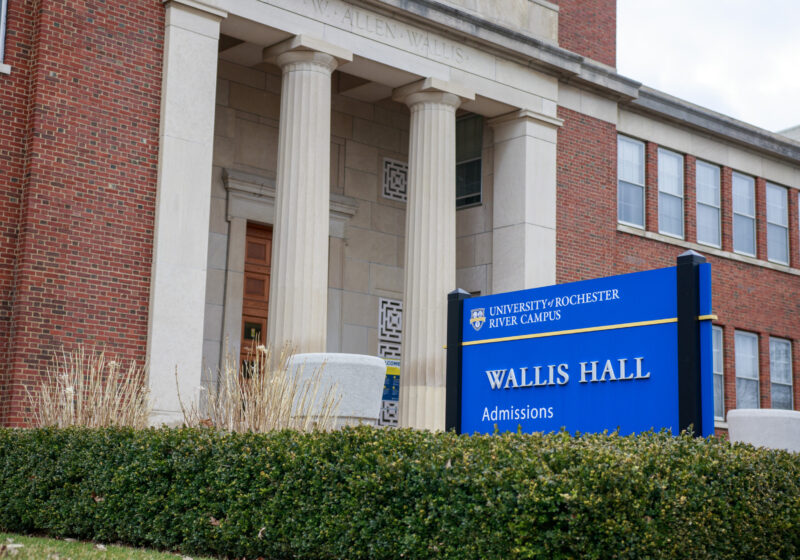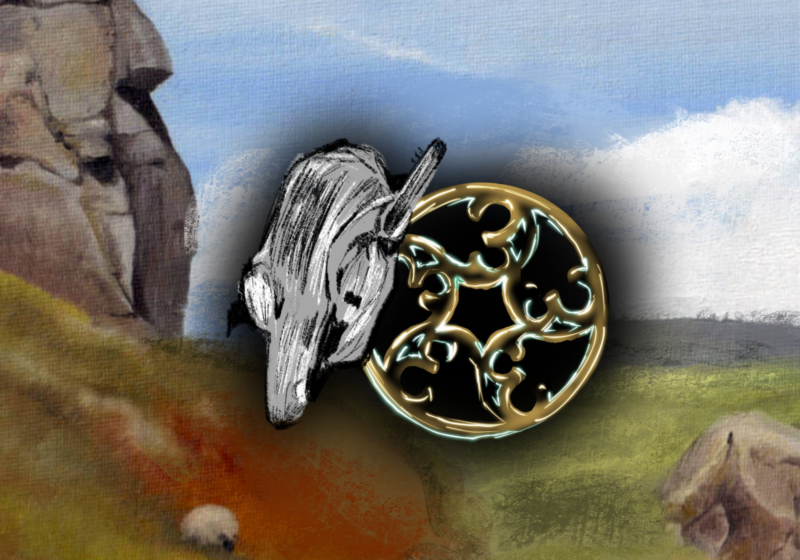Continuing a tradition that began 25 years ago, Students’ Association President and junior Alvin Lomibao delivered the annual State of the Students’ Association Address, during which he discussed the SA’s specific accomplishments in the last year. Lomibao both acknowledged his predecessors and looked toward his successors during his speech, offering a framework of issues for future SA administrations to build upon. The address took place in the Gowen Room in Wilson Commons on Wednesday.
Following SA Vice President and junior Janna Gewirtz’s introductory welcome, Lomibao explained both the SA’s efforts to increase its efficiency and its intentions to improve its connections with the student body. He also described the many relationships that exist throughout the University between the SA and administrators, student groups and the Eastman School of Music.
The SA is in the process of developing Policy and Procedures manuals that will detail the student government’s duties and expectations; these instruction manuals will complete the trio of documents – the new Constitution and bylaws – that have been developed in the last few years.
“This final step of a multi-year process will solidify the operations of student government and ensure its vitality and strength in years to come,” Lomibao said.
Lomibao explained that he created a joint taskforce involving the Policy and Review committee and the SA Appropriations Committee to alter the budgeting review process that addresses decreased finances and advising. He cited that the SA has provided over $20,000 to student groups as supplementary funds. However, facing challenges of decreased funding and fewer available adviser resources, the SA is looking to innovate processes.
“One initiative we will implement this spring will be to use the required Annual Report as a metric in determining how much money a group will get based on its spending responsibility over the past two semesters,” Lomibao said.
To address the adviser problem, the joint taskforce will look to create collaborative networks of similar student groups, which will alleviate some of the responsibilities the advisers now face. Lomibao viewed this as an important path for future administrations to take.
“Networks may help to streamline the final budgeting process and allow individual student groups more say in the distribution of resources,” he said.
One theme Lomibao stressed was the communicative networks the SA builds between the University’s various levels of groups. The student government works with various administrators, over 200 student clubs and the Eastman School of Music.
Lomibao discussed the future SA president’s role on the University Council on Environmental Sustainability, which UR President Joel Seligman announced on Tuesday. This seat, Lomibao believed, will emphasize the “grassroot efforts” of students.
“The Students’ Association president will have a permanent seat on the council, emphasizing the grassroots efforts of students to make environmental sustainability a University priority and ensuring that the student voice is heard when administrative decisions are being made regarding the 25 Operational Initiatives and any future initiatives in the field of environmental sustainability,” he said.
Lomibao expressed his approval of a representative of students’ interests who will have a say in shaping the University’s sustainability policy.
He also outlined several successful initiatives that he and Gewirtz had promised in their 2007 election platform. The list included the reinstatement of the Collegiate Readership Program and the expansion of transportation available to students. The latter referred to the expansion of the city cycle program.
Lomibao repeated his expectations and suggestions to the following administration with an outline of what the SA needs to improve upon. This included increased communication between student government and student groups and increasing diversity of representatives in student government.
Lomibao, whose term as president is nearing its end, quoted former UR President Wilson Allen Wallis to summarize the legacy of an SA president. Wallis described a president as a “sort of second husband to an already pregnant woman. He assists with the birth and nurtures the maturation of his predecessors’ conceptions. Correspondingly, many of his own contributions to the institution mature only after his departure,” Wallis said.
Leber is a member of the class of 2011.




